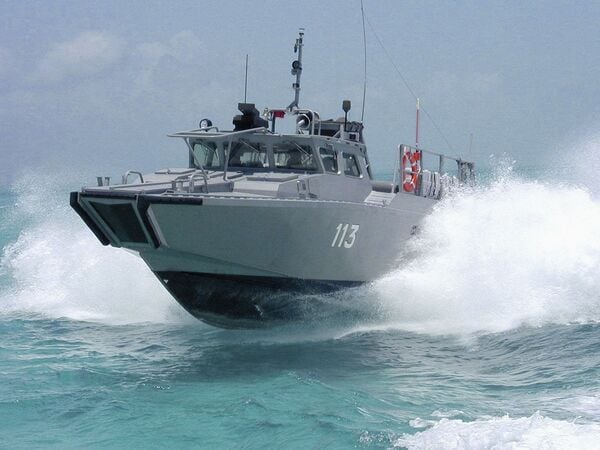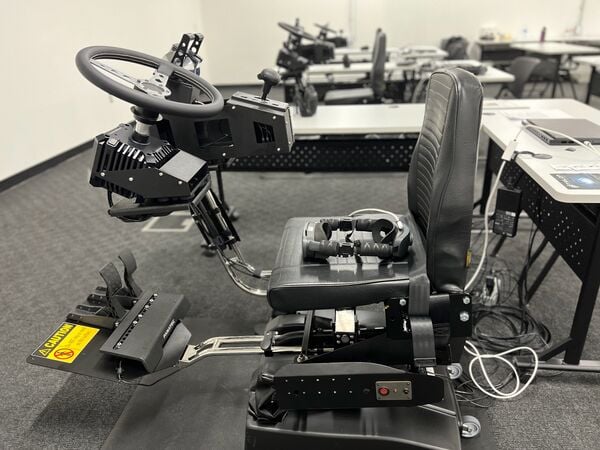- About
- Intara
- Capabilities
- Advisory
- Resources
- News
- Store
Pentagon budget 2022: Missile Defense Agency budget ticks lower at USD8.9 billion
28 May 2021
by Daniel Wasserbly
The White House’s proposed budget for the US Missile Defense Agency (MDA) continues a slow downward trend for the agency, with USD8.917 billion requested in fiscal year 2022 (FY 2022).
MDA had budgeted for USD9.187 billion in FY 2021, USD9.431 billion in FY 2020, and USD10.491 billion in FY 2019.
The FY 2022 request, which is likely to be somewhat altered by lawmakers who must then pass it in both congressional chambers before the president enacts it, includes USD1.733 billion for the Ground-based Midcourse Defense (GMD) system that is designed to defend against limited long-range attacks from states such as North Korea. It has also requested USD926.1 million to begin a Next Generation Interceptor (NGI) to augment the system’s older strategic interceptors.

An SM-3 Block IIA is launched on 16 November 2020, marking the first time the interceptor was used against a representative ICBM threat. (MDA)
Saab's Skapa initiative aims to speed technology into customers' hands
24 April 2024
by Jeremiah Cushman


Saab has developed an autonomy package for its CB 90 fast boat and demonstrated its ability to navigate the Swedish coast. Pictured above is a CB 90 that was delivered to Malaysia. (Dockstavarvet)
Saab has established a new business function to revamp how it develops and delivers products to meet changing customer requirements. Skapa, a Swedish word that means “to create, to make, or to shape”, will focus on solving customer and stakeholder problems at speed, Erik Smith, president and CEO of Saab in the United States, told reporters on 23 April. “Skapa will accelerate the development and deployment of cutting-edge solutions to our warfighters” at pace, he said.
USN secretary calls for increased immigration to augment US shipbuilding labour
24 April 2024
by Michael Fabey


US Secretary of the Navy Carlos Del Toro said the country needs more blue-collar workers to meet navy shipbuilding needs at yards like Newport News Shipbuilding, shown here. (Janes/Michael Fabey)
To address the shortage of workers needed to build the number of ships needed to meet US Navy (USN) fleet plans, the country should seek to bring in more legal immigrants from foreign shores, according to US Secretary of the Navy Carlos Del Toro.
While acknowledging the impact of Covid-related issues on USN shipbuilding schedules on 23 April during an event at the Stimson Center, Del Toro said, “The bigger problem is the lack of blue-collar workers.”
Del Toro called on US lawmakers to “increase the amount of legal immigration” and work visas for potential shipbuilding work to come into country, despite the political divisions preventing such bipartisanship.
“We need to open up the spigot on legal immigration and allow blue-collar works to come here,” he said.
He underscored the need for retraining the new workforce for shipyard trades needed to build USN ships.
XR Training-led consortium wins USMC ACV simulator contract
24 April 2024
by Giles Ebbutt


The XR Training consortium's USMC Amphibious Combat Vehicle driver simulator in its seat configuration with two DoF motion platform. The Vive HTC Elite headset is on the seat. The Instructor station laptop is on the table behind. (XR Training)
A consortium led by XR Training has been awarded a contract by the US Marine Corps (USMC) under an Other Transaction Agreement (OTA) to produce a driver training simulator for the new Amphibious Combat Vehicle (ACV). The value of the contract was not disclosed but Neil Levin, XR Training CEO, told Janes that it was “in the high seven-figure area”.
The consortium, which also includes Talon Simulations (hardware), 302 Interactive (software development), and Theory Studios (modelling and visuals), will deliver 81 simulators by the end of 2024, followed by a two-year training and sustainment period. Most simulators will be deployed to Camps Pendleton and Lejeune, with some for use for “schoolhouse” training and some for deploying units.
The White House’s proposed budget for the US Missile Defense Agency (MDA) continues a slow downward ...
Latest Podcasts
Iran Israel analysis
In this podcast Janes analysts discuss the Iranian attacks on Israel on the 14 April. They highlight the military systems used by Iran and the performance and impact of these on Israel. They also discuss the implications of this attack goi...
Listen nowJanes Case Studies
Using Janes Intara to build a common intelligence picture: Russian build up on the Ukrainian border
View Case StudyNews Categories
 C4ISR Details
C4ISR Details